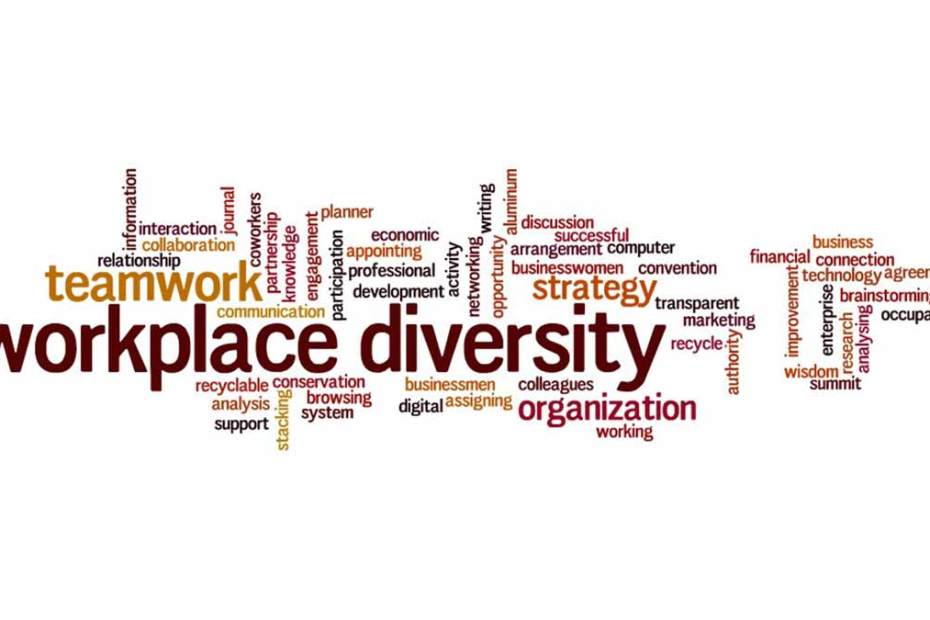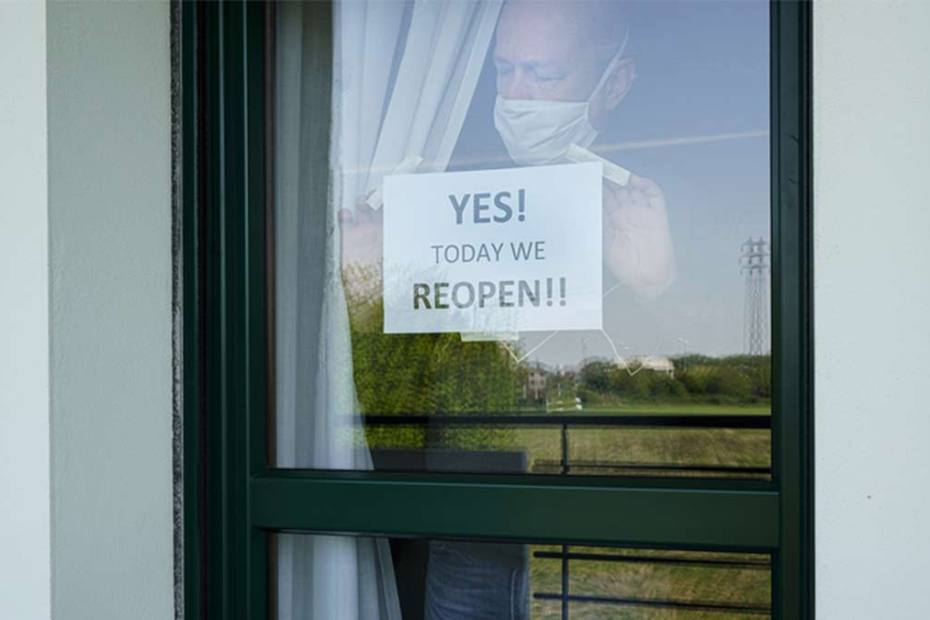CEO Corner: It was the best of times, it was the worst of times
On March 11, at the same time the world tilted due to a global pandemic, my husband had emergency brain surgery and was diagnosed with Glioblastoma....
2 min read
 Archbright Team Member
:
Oct 17, 2022 10:18:21 AM
Archbright Team Member
:
Oct 17, 2022 10:18:21 AM

September was National Emergency Preparedness Month, and later this month, on October 20, over 13 million people around the globe will participate in a popular earthquake preparedness drill called the Great Shakeout. Many employers actively participate in these initiatives, but for those who don’t, it’s a great reminder that disasters can strike anytime, and it’s important to be ready. Depending on your workplace’s unique circumstances, that could mean preparing for a broad range of emergencies.
Most organizations have some risk of fire, power outages, and workplace violence. Other organizations will need to go further in their assessment and consider risks from severe weather, earthquakes, tsunamis, flooding, gas leaks, or chemical spills. Some of these emergencies might also be interdependent, meaning that one event could create a domino effect of multiple emergencies.
The first step in emergency preparedness is knowing which disasters your organization is susceptible to. Employers are encouraged to list all emergency-type events that could impact the workplace. This exercise can be a great Safety Committee activity, and resources such as Ready.gov can help employers identify different types of emergencies that could happen. Employers can find a tool in the mozzo Resource Library called Emergency Preparedness Vulnerability Assessment that can help prioritize preparation and response for the identified emergency events based on likelihood and impact.
Once you know what emergencies to prepare for, consider how best to respond to each one. The goal is to limit losses to people, property, business operations, and the environment. With these in mind, ask the following questions for each potential emergency:
What impact will the emergency have? Is the entire organization at risk, or just certain areas?
As these questions probably demonstrate, emergency response is complex and varied! That is why it is so important to plan ahead. Developing a written Emergency Response Plan can help and may even be required for some employers, depending on the state or industry. Using elements of an emergency management system like the National Incident Management System (NIMS) or Incident Command System (ICS) to help manage emergencies may also be appropriate, depending on the scope of the emergency. Stockpiling supplies or kits with essential survival items like food, water, blankets, radios, and first aid supplies is also a great precaution.
Eligible members can find several helpful emergency preparedness resources in the mozzo Resource Library or contact the Archbright Safety Hotline for additional assistance.

On March 11, at the same time the world tilted due to a global pandemic, my husband had emergency brain surgery and was diagnosed with Glioblastoma....

This coming Thursday, April 25, employers nationwide will participate in 'Take Your Child to Work Day,' an event that can jump-start a...

Over the past several days, Washington, Oregon, and Idaho have announced a gradual lifting of ”stay home” orders and reopening of non-essential...